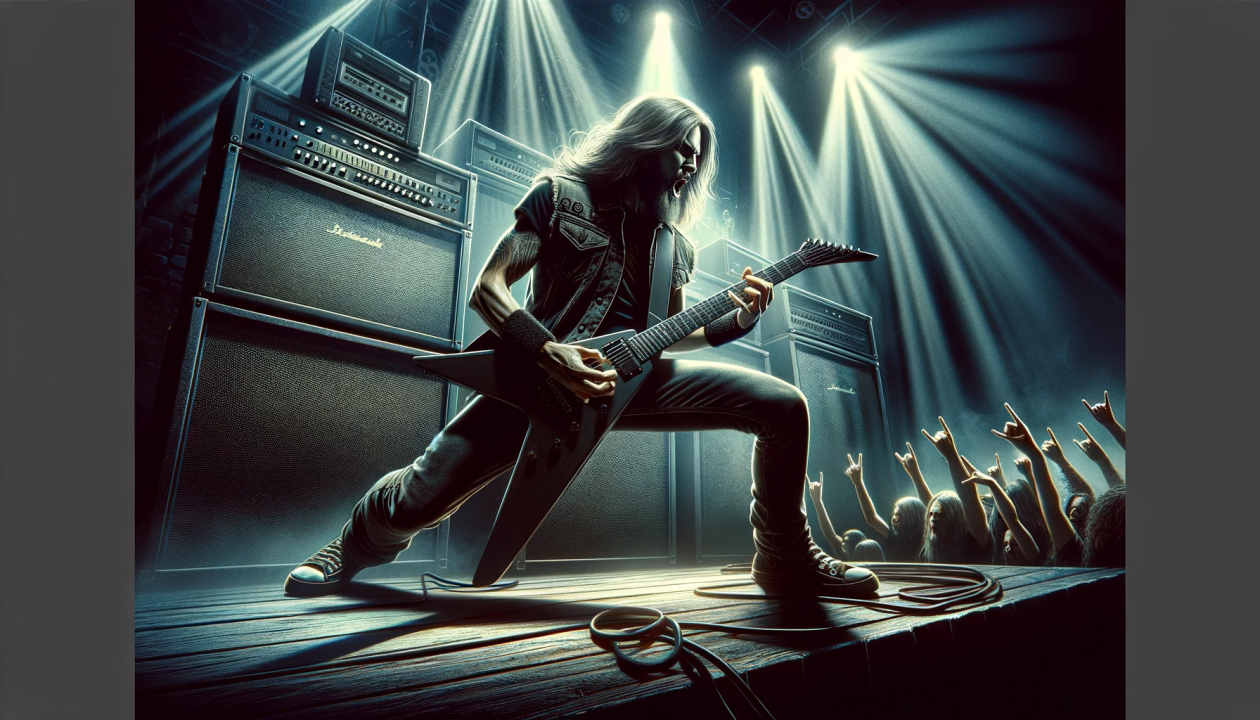
EQ Techniques for Heavy Metal Rhythm Guitars
With 35 years in the music industry, I've journeyed through the realms of recording studios, clubs of all sizes (and smells), and exhilarating tours. As a guitarist and the founder of Pro Tone Pedals, my passion and craftsmanship have contributed to the sonic backbone of multiple Grammy and platinum award-winning albums. Predominantly in the metal genre, my designs have powered riffs that defined the progressive metal movement. In this article, I'm unraveling the mysteries of EQ techniques for heavy metal rhythm guitars, sharing the wisdom of decades spent honing the art of guitar tone. Whether you're a budding guitarist or a veteran seeking to refine your sound, these insights are the culmination of a lifelong journey in metal music.
Understanding Frequency Spectrum and EQ Settings
Frequency Bands: A clear understanding of frequency bands is crucial. The low-end foundation (55–125 HZ) gives rhythm guitars their weight, crucial for heavy palm-muted sections. The upper lows and low-mids (125–550 HZ) are where adjustments are made to avoid muddiness while maintaining body and fullness. The mids (550 HZ–1 KHZ) are essential for the guitar's presence in the mix, and high-mids (1–4 KHZ) add clarity and definition.
EQ Techniques for Clarity and Definition:
High-Pass Filters: To prevent muddiness, use high-pass filters to cut off the extreme low end that's not necessary for rhythm guitars. This can help in achieving a tighter and more focused sound.
Cutting the Muds: Identify and reduce frequencies in the low-mid range that can cause muddiness. This often involves making subtle cuts around 200–550 HZ to clean up the sound.
Boosting for Presence: Slight boosts in the upper mid-range can help the guitar cut through the mix, especially important during dense arrangements.
Guitar Tuning and Tonal Characteristics: The tuning and tonal characteristics of the guitar also play a significant role. Lower tunings, often used in metal, require careful EQ adjustments to maintain clarity. Understanding how the guitar's natural tone interacts with the mix is key to effective EQing.
Advanced Techniques
Double-Tracking and Panning: A staple in metal, double-tracking involves recording the guitar part twice and panning each track to opposite sides. This creates a wider, fuller sound. EQ adjustments might differ slightly between tracks to enhance the stereo image and add depth.
Tonal Variation with Amps and Cabs: Using different amps, cabs, or guitar settings for double-tracked parts can introduce tonal variation. This adds complexity and richness to the rhythm tone.
Controlling Resonances: Be attentive to unwanted resonances, which can occur due to the guitar's interaction with the room or recording equipment. Notch filters can be used to surgically remove these problematic frequencies.
Balancing with the Mix: It's vital to constantly reference the rhythm guitar's tone within the context of the full mix. This includes balancing it with the bass guitar, drums, and other instruments to ensure a cohesive and powerful overall sound.
Conclusion
Understanding EQ for heavy metal rhythm guitars is a nuanced process, requiring a mastery of frequency spectrums, mixing techniques, and the specific needs of the genre. By applying these advanced techniques, guitarists and producers can craft rhythm tones that are both powerful and articulate, perfectly embodying the spirit of heavy metal.
Senior Android software engineer
1moThx, I tried EQing my first song and following your instructions, I get the sound I wanted to achieve. I know it can be done better, but I am happy that I had a little glance how to do it. 👍